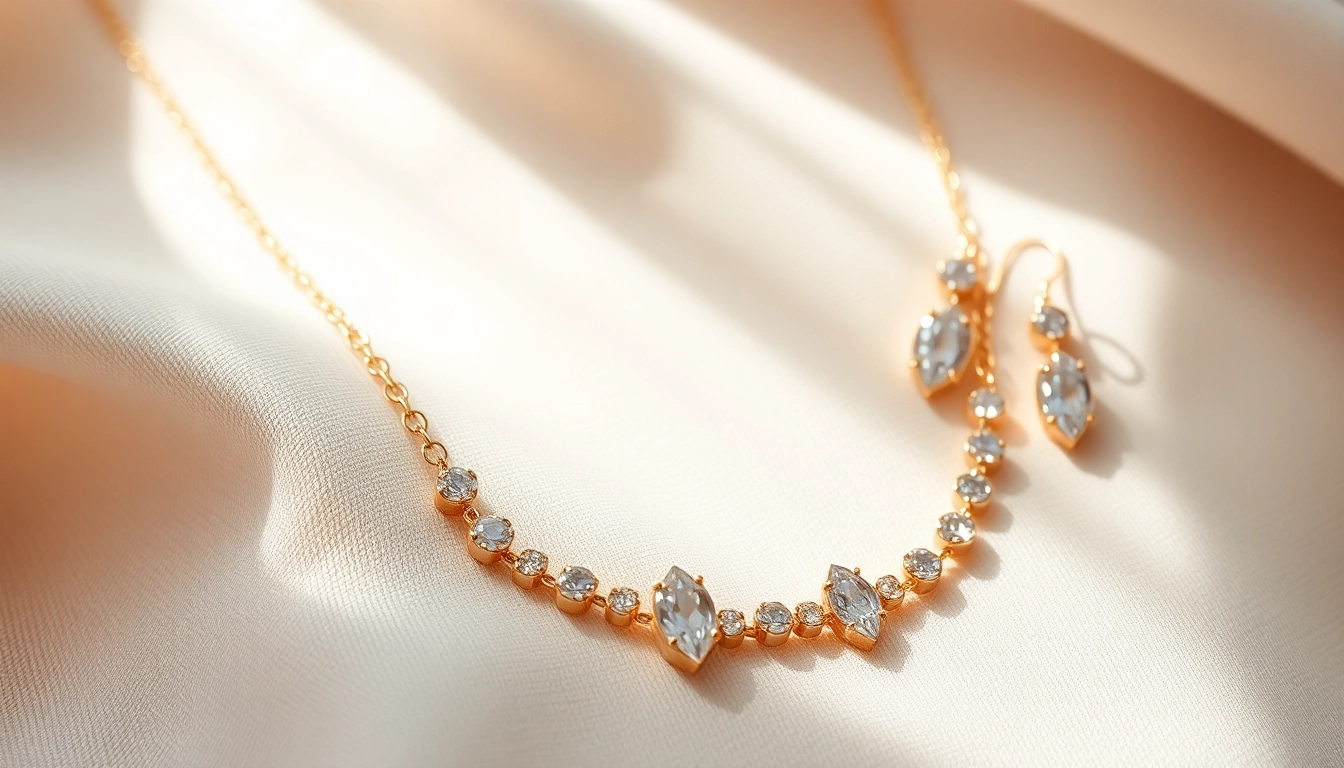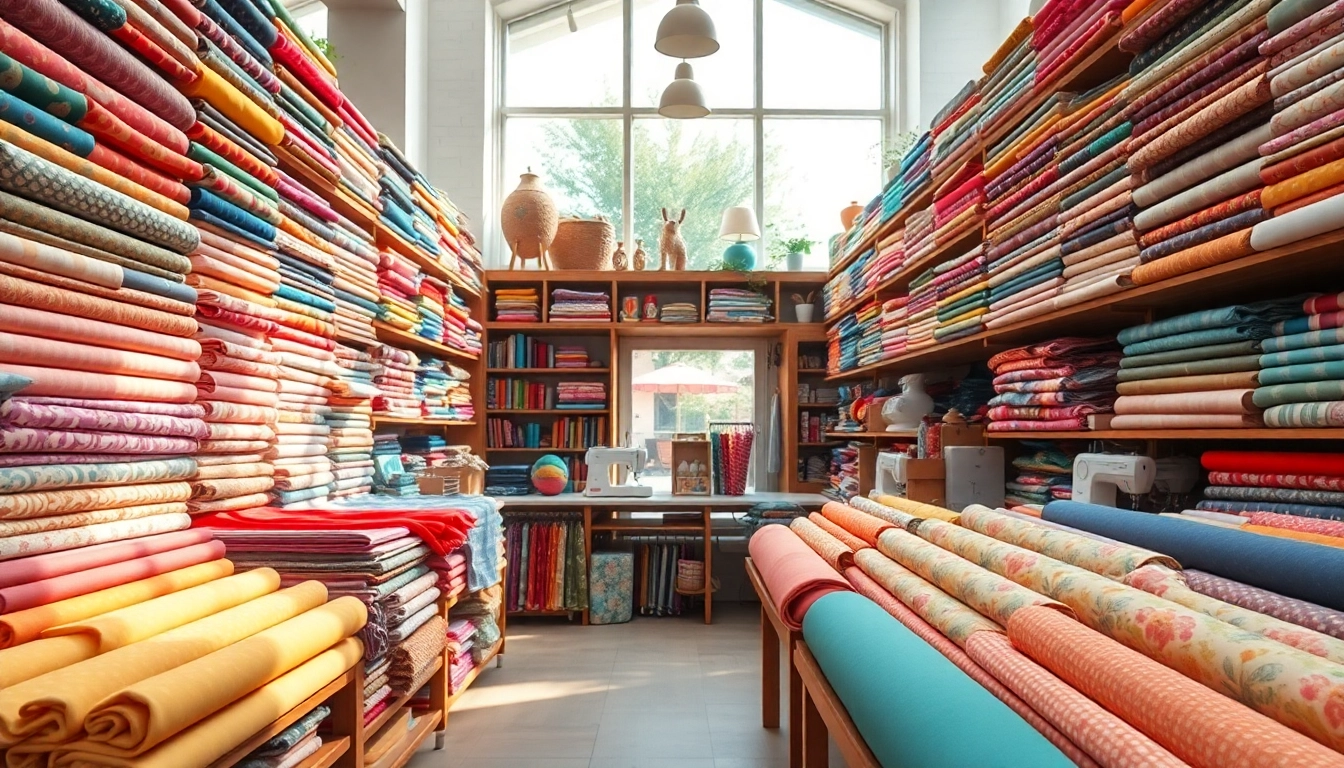Introduction to Jewelry and Its Significance
Jewelry has long been more than mere adornment; it embodies culture, history, and personal expression. From ancient civilizations to modern fashion, the purpose and design of Jewelry have evolved dramatically. In a world filled with diverse styles, understanding this multifaceted subject offers valuable insights into craftsmanship, cultural significance, and personal aesthetics. For those seeking elegance and meaning in their accessories, discovering unique pieces of Jewelry can bring a delightful personal touch to one’s style.
The Evolution of Jewelry Through History
The history of Jewelry is long and intricate, dating back thousands of years. Initially crafted from natural materials such as shells, bones, and stones, ancient societies utilized these items for both decoration and ritualistic purposes. As civilization advanced, so did the methods and materials used in crafting Jewelry. With the discovery of metallurgy, precious metals such as gold and silver became predominant, elevating the status of Jewelry as a symbol of wealth and power.
Throughout history, critical periods such as the Renaissance and the Victorian era introduced innovative designs and gemstone settings, influenced by art and culture. Gothic styles produced elaborate chandeliers and filigree patterns, while Art Nouveau emphasized the natural form, bringing organic designs to the forefront. Today, Jewelry continues to evolve, often blending modern technology with classic styles, appealing to new generations while retaining its historical roots.
Cultural Significance of Jewelry Around the World
From engagement rings to religious symbols, Jewelry carries deep cultural significance across the globe. In many societies, specific types of Jewelry are representative of traditional values, religious beliefs, and social status. For instance, in South Asia, intricate gold and gemstone Jewelry are often integral to wedding ceremonies, symbolizing prosperity and family inheritance. Similarly, the use of jade in Chinese culture denotes protection, purity, and social status.
Indigenous people worldwide also use Jewelry to express identity, connection to their heritage, and to signify rites of passage. Each piece often tells a story, woven into the fabric of cultural identity and providing a sense of belonging. Recognizing these cultural layers enhances appreciation for the art of Jewelry-making and reinforces its enduring significance.
Personal Expression Through Jewelry Choices
Jewelry is a highly personal form of expression, allowing individuals to showcase their unique style and personality. Choices in Jewelry, whether bold statement pieces or minimalist designs, reflect the wearer’s emotions, experiences, and tastes. Accessories can convey personal narratives or mark significant life events, such as anniversaries and birthdays.
Moreover, the rise of personalized Jewelry has empowered consumers to create custom pieces that encapsulate their identities. Engraved initials, birthstones, or symbols hold profound meanings for individuals, making these pieces not just adornments but treasured treasures representing cherished memories. This transformation in the market reflects a broader cultural shift towards individuality and authenticity, positioning Jewelry as a means of genuine self-expression.
Understanding Different Types of Jewelry
Fine Jewelry vs. Fashion Jewelry
When discussing Jewelry, distinguishing between fine Jewelry and fashion Jewelry is crucial. Fine Jewelry is typically made from precious metals like gold, platinum, or silver alongside genuine gemstones. It is crafted with superior quality and durability, often intended for long-term wear and investment. Fine Jewelry is often associated with luxury and is frequently handed down through generations as heirlooms.
On the other hand, fashion Jewelry, also known as costume Jewelry, is made from less expensive materials, such as base metals, plastic, and glass. While it may lack the intrinsic value of fine Jewelry, fashion Jewelry allows for flexibility and creativity in design. Consumers often choose fashion Jewelry for trend-driven styles or to accessorize outfits without a significant financial commitment. This duality in the Jewelry market caters to a wide range of consumer preferences and budgets.
Popular Materials Used in Jewelry Design
The selection of materials plays a fundamental role in Jewelry design, affecting its aesthetics and cost. Popular choices include:
- Gold: Known for its malleability and luster, gold remains a timeless choice, available in various karats and colors, including yellow, white, and rose.
- Silver: Sterling silver is often used in Jewelry for its bright appearance and affordability. Its durability makes it an excellent choice for everyday wear, though it may tarnish over time.
- Platinum: This dense metal is coveted for its high value, hypoallergenic properties, and resilience, making it a popular choice for engagement rings and formal Jewelry.
- Gemstones: From diamonds to sapphires, gemstones add color and significance to Jewelry. Each gem has unique properties and meanings, making them a favored element among designers.
- Alternative Materials: The growing sustainability movement has led to the use of alternative materials like recycled metals and lab-grown gemstones, which resonate with environmentally conscious consumers.
Understanding these materials helps consumers make informed decisions when selecting Jewelry that aligns with their personal style and values.
The Role of Gemstones in Jewelry
Gemstones are often regarded as the heart of Jewelry design. They are not only aesthetically pleasing but also carry historical and cultural significance. Each gemstone possesses distinct characteristics, ranging from color and clarity to hardness and rarity.
Diamonds, for example, are esteemed for their brilliance and are often associated with love and commitment. Colored gemstones like emeralds, rubies, and sapphires bring vibrancy and diversity to designs, each connected with specific meanings and emotions. It’s essential for consumers to consider the symbolism of gemstones when purchasing Jewelry, as these nuances can enhance the personal significance of each piece.
Moreover, the practice of birthstones, where each month is associated with a particular gem, allows for personalization in Jewelry design. Customized pieces featuring a person’s birthstone are often gifted on special occasions, adding emotional value to the Jewelry.
Crafting Your Own Jewelry: A Beginner’s Guide
Essential Tools and Materials for Beginners
Designing your own Jewelry can be a fulfilling and creative endeavor. For beginners, it’s essential to start with the right tools and materials. Essential tools include:
- Pliers: Round-nose pliers, chain-nose pliers, and cutter pliers are crucial for manipulating metal wire and connectors.
- Bead boards: These help in arranging beads and designs before finalizing your pieces.
- Wire: Use jewelry wire in different gauges to create links, frames, or embellishments.
- Findings: Hooks, clasps, and pins are necessary components for finishing your Jewelry design.
- Strings: Nylon and silk threads are ideal for beading and stringing projects.
As you gather your materials, experimentation enables you to develop your style and refine your techniques, ultimately leading to unique and personalized Jewelry designs.
Basic Techniques for Jewelry Making
Once equipped with the necessary tools, beginners can explore essential Jewelry-making techniques. Some basic methods include:
- Stringing: The simplest technique involves threading beads onto a string or wire to create necklaces or bracelets.
- Wire Wrapping: This technique involves bending wire around a gemstone or bead, often creating loops and intricate designs.
- Chain Making: Chain links can be created using wire, allowing for customized chain lengths and designs.
- Simple Knotting: Learning to tie knots enables the secure fastening of beads on strings and can create aesthetic elements as well.
Understanding these techniques lays the foundation for advancing your skills and exploring more complex designs in the future.
Tips for Creating Personalized Jewelry Pieces
Creating personalized Jewelry pieces can make your designs more meaningful. Here are some tips to consider:
- Choose Symbols: Each individual has unique stories and significances in their lives. Incorporating symbols – such as initials, meaningful dates, or shapes – can infuse your Jewelry with personal touches.
- Select Colors Wisely: Colors evoke emotions and hold symbolism; using colors that resonate personally can strengthen the piece’s emotional value.
- Experiment with Textures: Combining different materials and techniques can add dimension and interest to your Jewelry designs.
- Document Your Process: Keeping a creative journal or sketchbook of your designs allows for reflection and inspiration as your skills develop over time.
The journey of creating personalized Jewelry not only enhances your skills but also yields pieces that tell your unique story to the world.
Caring for Your Jewelry: Maintenance and Storage
Best Practices for Cleaning Different Jewelry Types
Proper care of Jewelry is crucial for preserving its beauty and longevity. Different materials require specific cleaning methods:
- Gold Jewelry: Clean with mild soap and water, using a soft brush for hard-to-reach areas. Avoid harsh chemicals that may tarnish the metal.
- Silver Jewelry: Silver tarnishes over time; polishing cloths or special silver cleaners can restore shine.
- Gemstone Jewelry: Use method appropriate for the specific stone, as some gemstones are more delicate. For example, pearls should be cleaned with a damp cloth, while harder stones can be rinsed with water and mild soap.
- Fashion Jewelry: Avoid exposure to harsh chemicals and store it in a dry area. Cleaning can typically be achieved using a damp cloth.
Adhering to these cleaning practices prevents damage and maintains the brilliance of various Jewelry types.
Storage Solutions to Prevent Damage
Proper storage is equally vital in Jewelry care. Here are best practices to keep Jewelry safe:
- Individual Compartments: Use dividers or separate boxes to prevent tangling and scratching, especially for delicate chains and gemstone pieces.
- Temperature Control: Store Jewelry in cool, dry places, avoiding areas that experience extreme temperatures or humidity.
- Use Anti-Tarnish Pouches: For silver Jewelry, consider using pouches designed to prevent tarnishing, prolonging the metal’s shine.
By taking simple precautions in storage, you can extend the lifespan of your treasured pieces.
The Importance of Professional Appraisals
Investing in Jewelry, particularly fine pieces, often warrants a professional appraisal. Appraisals provide valuable insights into a piece’s current market value, insurance replacement value, and authenticity. Receiving a detailed appraisal can help ensure that Jewelry is appropriately insured, protecting your investment in case of loss or theft.
Moreover, professional evaluations can guide collectors in their acquisition choices or help determine fair resale values. Choosing to have significant pieces appraised adds a layer of security and confidence to the ownership of cherished Jewelry.
Trends in Jewelry: What’s Currently Popular
Rising Styles in Jewelry Design
Jewelry trends are continually evolving, influenced by societal changes, fashion, and even technology. Current trends include:
- Minimalism: Simple, understated pieces are gaining popularity as they suit diverse styles and occasions, allowing wearers to layer and personalize easily.
- Colorful Gemstones: Vibrant colors are making a comeback, with consumers opting for bold statements through unique stones and designs.
- Mixed Materials: Combining metals, beads, and textures fosters creativity in design and allows for truly one-of-a-kind creations.
- Resilience through Sustainability: Increasing awareness of environmental issues has led to the popularity of sustainable materials and practices within the industry.
Staying attuned to trending styles while incorporating personal preferences allows individuals to make relevant, stylish choices that resonate with contemporary aesthetics.
Sustainability in the Jewelry Industry
Sustainability is a growing movement within the Jewelry industry, addressing consumer concerns about ethical sourcing and environmental impacts. Many consumers are increasingly opting for Jewelry made from recycled metals or ethically sourced gemstones, supporting businesses that prioritize eco-friendly practices.
Crafting Jewelry sustainably not only minimizes environmental impacts but allows consumers to feel good about their purchases, knowing they support conscious practices. This willingness to invest in sustainable Jewelry reflects a broader cultural shift toward responsible consumption.
How to Choose Trendy Yet Timeless Pieces
Navigating trends while ensuring longevity in Jewelry choices can be challenging. Here are strategies to choose pieces that blend contemporary appeal with timelessness:
- Invest in Quality: Focus on purchasing high-quality materials that hold up well over time, ensuring lasting value and avoiding temporary trends.
- Opt for Classic Designs: Select pieces with clean lines and classic shapes, which will remain stylish regardless of changing trends.
- Prioritize Versatility: Choose Jewelry that can be worn on multiple occasions or styles, ensuring a larger return on the investment.
- Mix Trends with Your Unique Style: Incorporate trendy items into your personal style for a fresh approach while retaining the essence of timeless elegance.
By blending trendy selections with timeless craftsmanship and style, you can build a Jewelry collection that endures over time, providing both aesthetics and cherished value.



